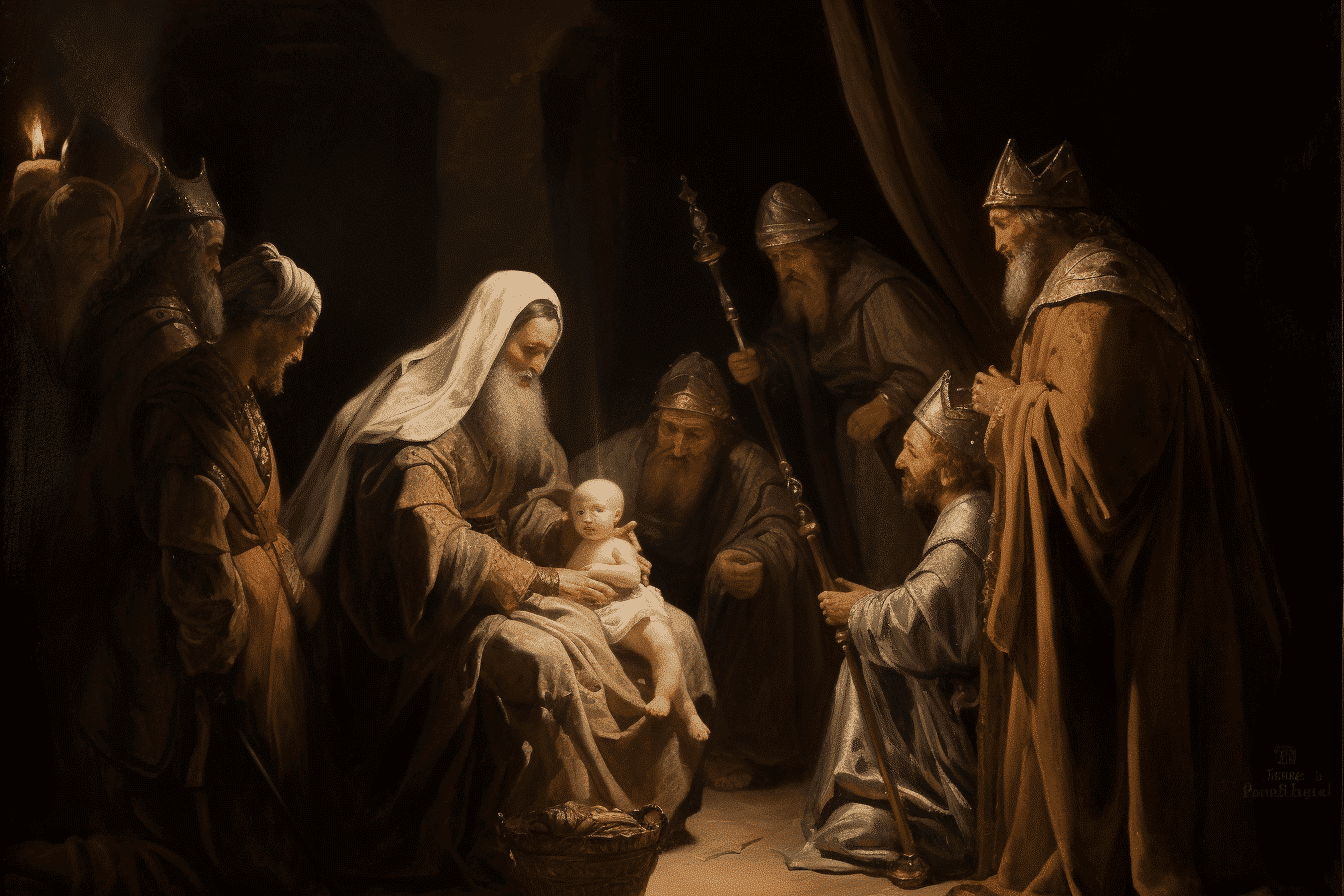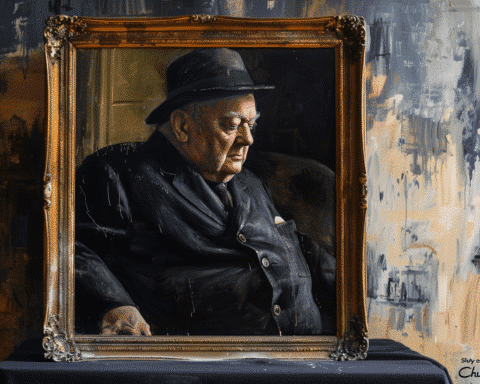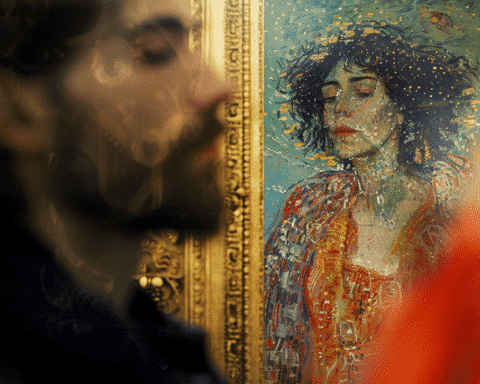In an extraordinary twist of fate, a painting valued at a modest $15,000 was sold for a staggering $13.8 million at a Sotheby’s auction. This dramatic turn of events unfolded after the artwork was authenticated as a creation of the legendary Dutch master Rembrandt van Rijn. The “Adoration of the Kings” painting has traversed a remarkable journey from an obscure piece to a recognized masterpiece, encapsulating a fascinating story of art, history, and discovery.
“Adoration of the Kings,” lost to the public eye since the 1950s, was first acknowledged when J.C.H. Heldring acquired it in Amsterdam in 1955. It later changed hands, being sold to a German family in 1985 by Heldring’s widow, and remained with them until Christie’s auctioned it in Amsterdam two years ago. Initially, Christie’s attributed it to the “Circle of Rembrandt,” with an estimated value of €10,000 to €15,000. However, an anonymous buyer saw potential beyond this valuation, purchasing it for €860,000, a testament to its latent value.
The painting’s true worth was unearthed following an exhaustive 18-month investigation by Sotheby’s, involving cutting-edge techniques like X-rays and infrared imaging, coupled with the expertise of leading Rembrandt scholars. This rigorous scrutiny led to its authentication as “an autograph work by Rembrandt,” with an estimated value of £10 million to £15 million before the auction.
George Gordon, co-chairman of Old Master Paintings Worldwide at Sotheby’s, highlighted the painting’s significance, noting its contribution to understanding Rembrandt’s early career around 1628. The rarity of such narrative paintings by Rembrandt in private collections added to its allure, as Gordon explained to CNN.
The painting’s provenance is equally intriguing. First recorded in the 1714 inventory of Amsterdam collector Constantijn Ranst, it resurfaced in sales in 1814 and 1822, only to vanish until the mid-20th century. Despite its brief recognition in the 1950s, it was dismissed by German art historian Kurt Bauch in 1960 and subsequently ignored in Rembrandt literature, as stated by Sotheby’s.
The rediscovery and subsequent sale of “Adoration of the Kings” is not just a transaction; it’s a pivotal moment in art history. As Gordon aptly put it, this piece is a product of Rembrandt’s brush and intellect, showcasing his style and thought process in the late 1620s.
The journey of “Adoration of the Kings” from a forgotten piece to a multi-million dollar masterpiece underscores the ever-evolving narrative of art history. It serves as a reminder of the hidden treasures in plain sight and the transformative power of expert authentication. This sale signifies a financial windfall for its latest owner and marks a significant addition to the understanding of Rembrandt’s oeuvre and his developmental strides as an artist.




